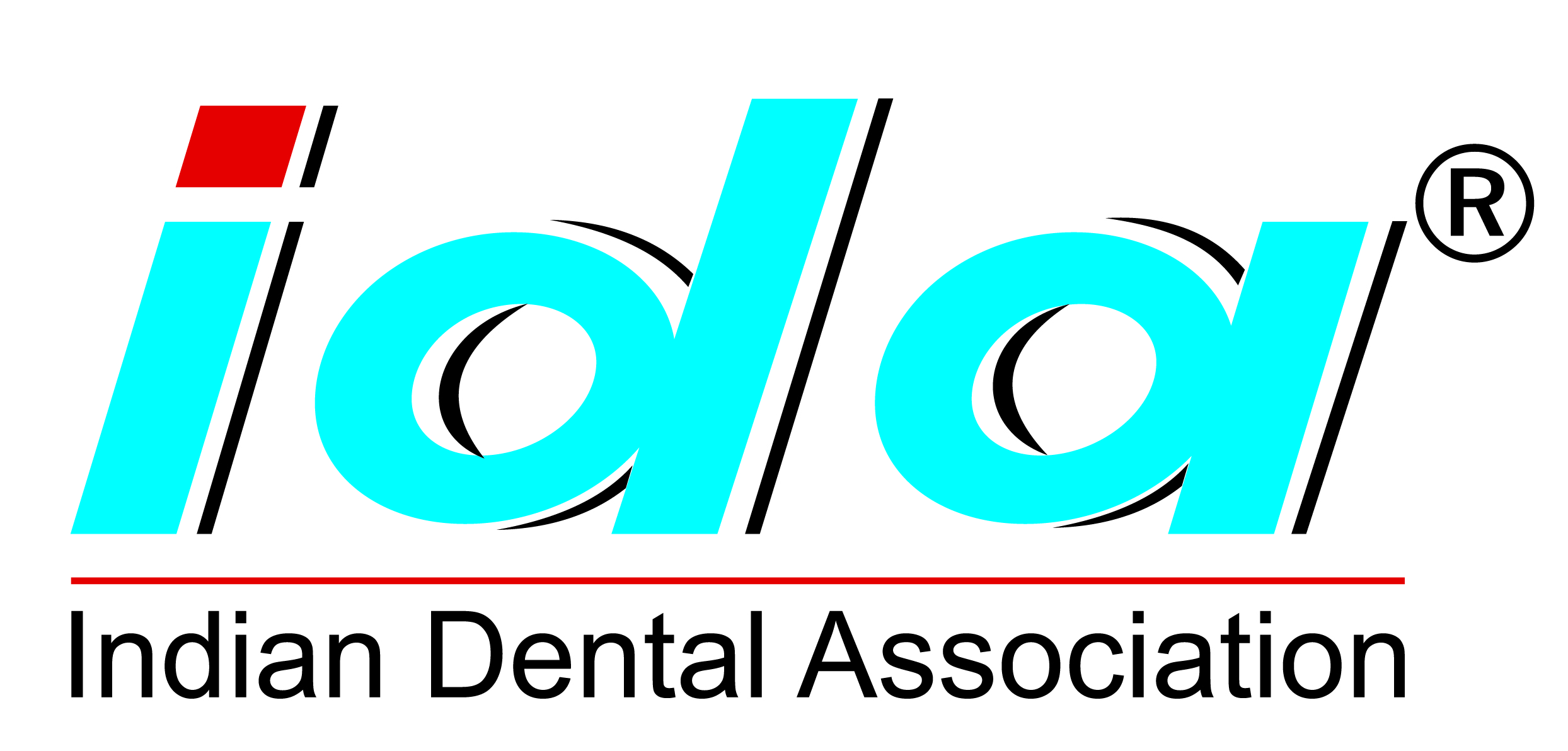Teeth discolouration is not a matter to be taken lightly because it can show that
there is something wrong with your teeth and therefore with your health. Teeth discolouration
is when the enamel (the hard, outer surface of the tooth) or the dentine (the layer
below the enamel) becomes discoloured. Food, drink and smoking also stain the teeth.
The coronal portion of the tooth consists of enamel, dentine and pulp. Any change
to these structures is likely to cause an alteration in the outward appearance of
the tooth caused by its light transmitting and reflecting properties. Many different
things can cause tooth discolouration. The change in colour may affect the entire
tooth, or just appear as spots or lines in the tooth enamel. Your genes influence
your tooth colour.
Inherited diseases may affect the thickness of enamel or the calcium or protein
content of the enamel, which can cause colour changes. Metabolic diseases may cause
changes in tooth colour and shape.
Drugs and medications either taken by the mother while pregnant or by the child
during the time of tooth development can cause changes in both the colour and hardness
of the enamel.
Tooth discolouration has been classified according to the location of the stain,
which may be either intrinsic or extrinsic.
Intrinsic discolouration occurs following a change to the structural composition
or thickness of the dental hard tissues. The normal colour of teeth is determined
by the blue, green and pink tints of the enamel and is reinforced by the yellow
through to brown shades of dentine beneath. A number of metabolic diseases and systemic
factors are known to affect the developing dentition and cause discolouration as
a consequence. Local factors such as injury are also recognised.
- Alkaptonuria
- Congenital erythropoietic porphyria
- Congenital hyperbilirubinaemia
- Amelogenesis imperfecta
- Dentinogenesis imperfecta
- Tetracycline staining -- use before age 8;
- Fluorosis
- Enamel hypoplasia
- Pulpal haemorrhagic products
- Root resorption
- Ageing
This occurs when the outer layer of the tooth (the enamel) is stained as by some
drinks or foods or by smoking.
The origin of the stain may be :
Causes of extrinsic discoloration :
- foods and drinks - tea, coffee, red wine, blueberries, curry etc.
- antiseptic mouthwashes containing chlorhexidine
- iron supplements
- smoking
- accumulation of dental plaque and tartar
These external stains can usually be removed through the use of non-bleaching whitening
products such as whitening toothpastes that contain abrasive ingredients which help
remove surface stains. A thorough dental cleaning by a dentist or hygienist will
also remove most of the extrinsic tooth stains.
It is usually a combination of extrinsic and intrinsic factors. Yellowing teeth
are a common symptom of aging. Their mineral structure changes becoming less porous
and making teeth to appear darker. The enamel that covers the teeth gets thinner
with age, allowing the underlying layer of yellowish dentin to show through. The
continuous accumulation of extrinsic stains also contributes to the natural yellowing
of the teeth over time.
Internalised discolouration is the incorporation of extrinsic stain within the tooth
substance following dental development. It occurs in enamel defects and in the porous
surface of exposed dentine. The routes by which pigments may become internalised
are:
-
Developmental defects -- Genetic defects that affect the tooth enamel, such as dentinogenesis
and amelogenesis ;
-
Acquired defects such as -- tooth wear and gingival recession, dental caries and restorative
materials.





